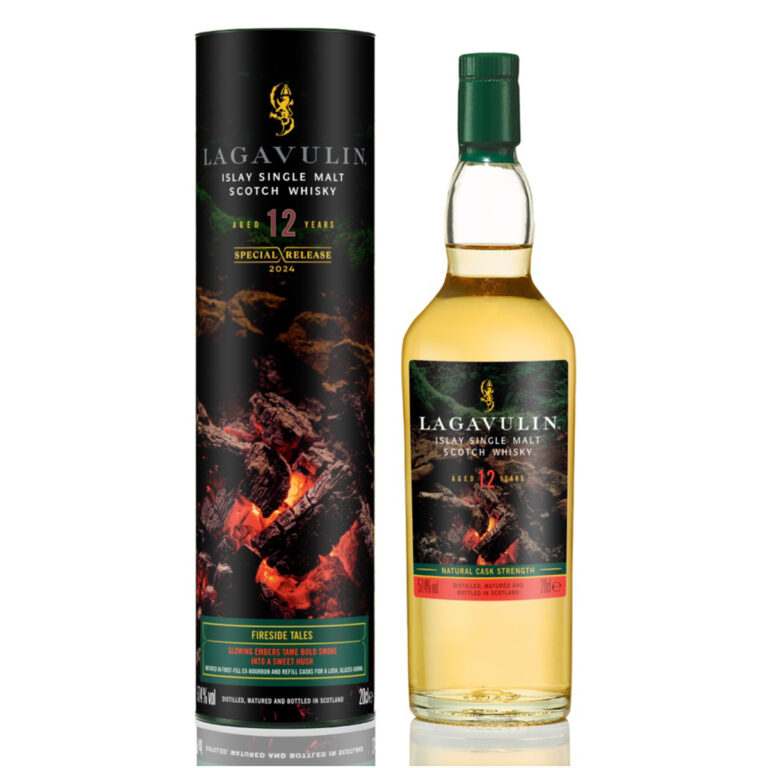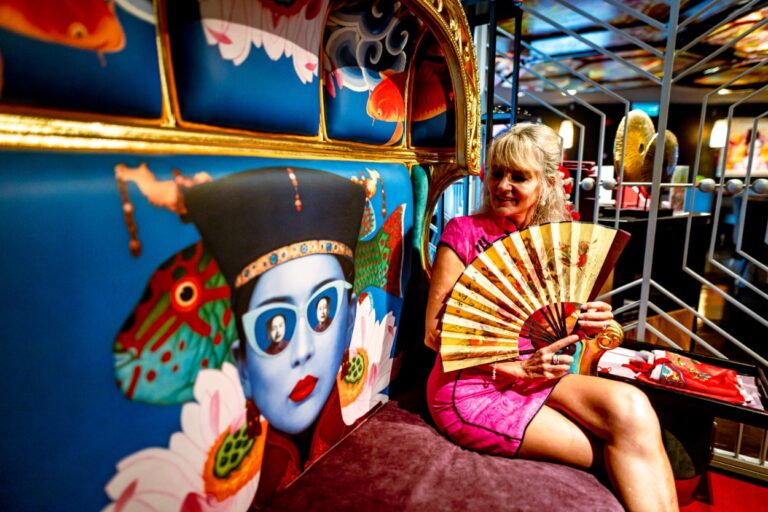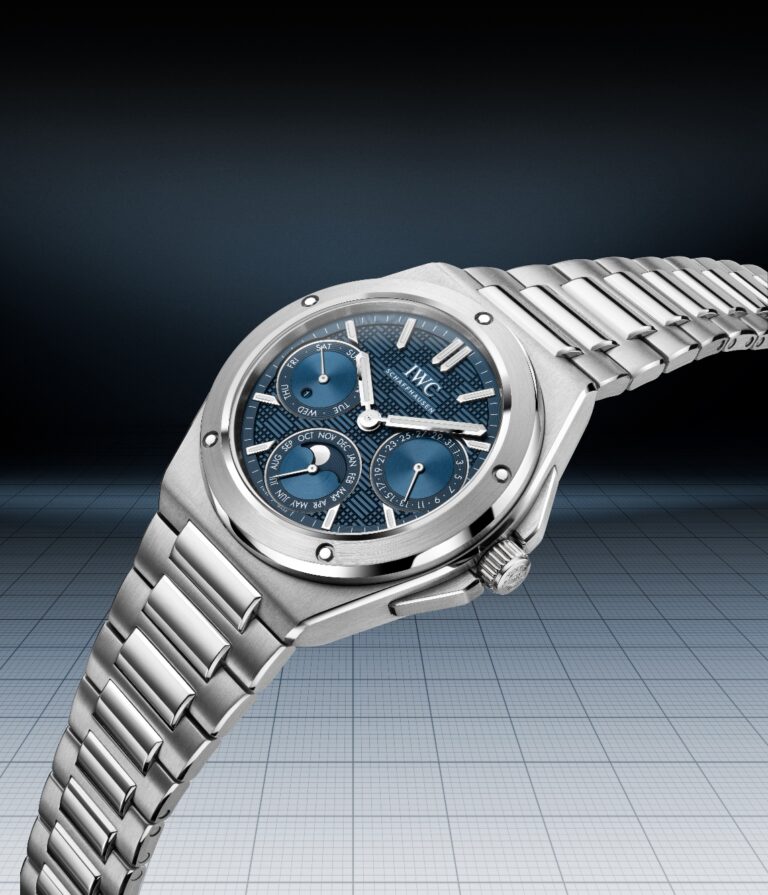Luxury’s Race for Loyalty and Return Customers
November marks the height of consumer anticipation as shoppers gear up for the festive season. It is also the month of major retail milestones like the 11.11 Singles’ Day sales — an unofficial celebration of self-gifting — and Black Friday (28 November 2025), which signals the start of the Christmas shopping rush. Across industries from fashion to beauty and luxury spirits, celebrations and holidays alike have become powerful tools for commercial opportunities.
Read More: Luxury Alcohol Brands Hone in on Lifestyle Marketing
Amid growing consumer choice, heightened competition and an increasingly saturated market, luxury brands are shifting their focus beyond products to emphasise a lifestyle dimension within their marketing strategies. This approach allows them to diversify offerings while remaining within the same brand universe, strengthening customer loyalty as a means to maximise profit. In turn, this evolution has seen brands pursue loyalty through personal experiences, emotional touchpoints and lifestyle ecosystems that encourage lasting engagement.
Read More: How Car Companies Are Becoming Lifestyle Providers
The Shift from Product to Lifestyle

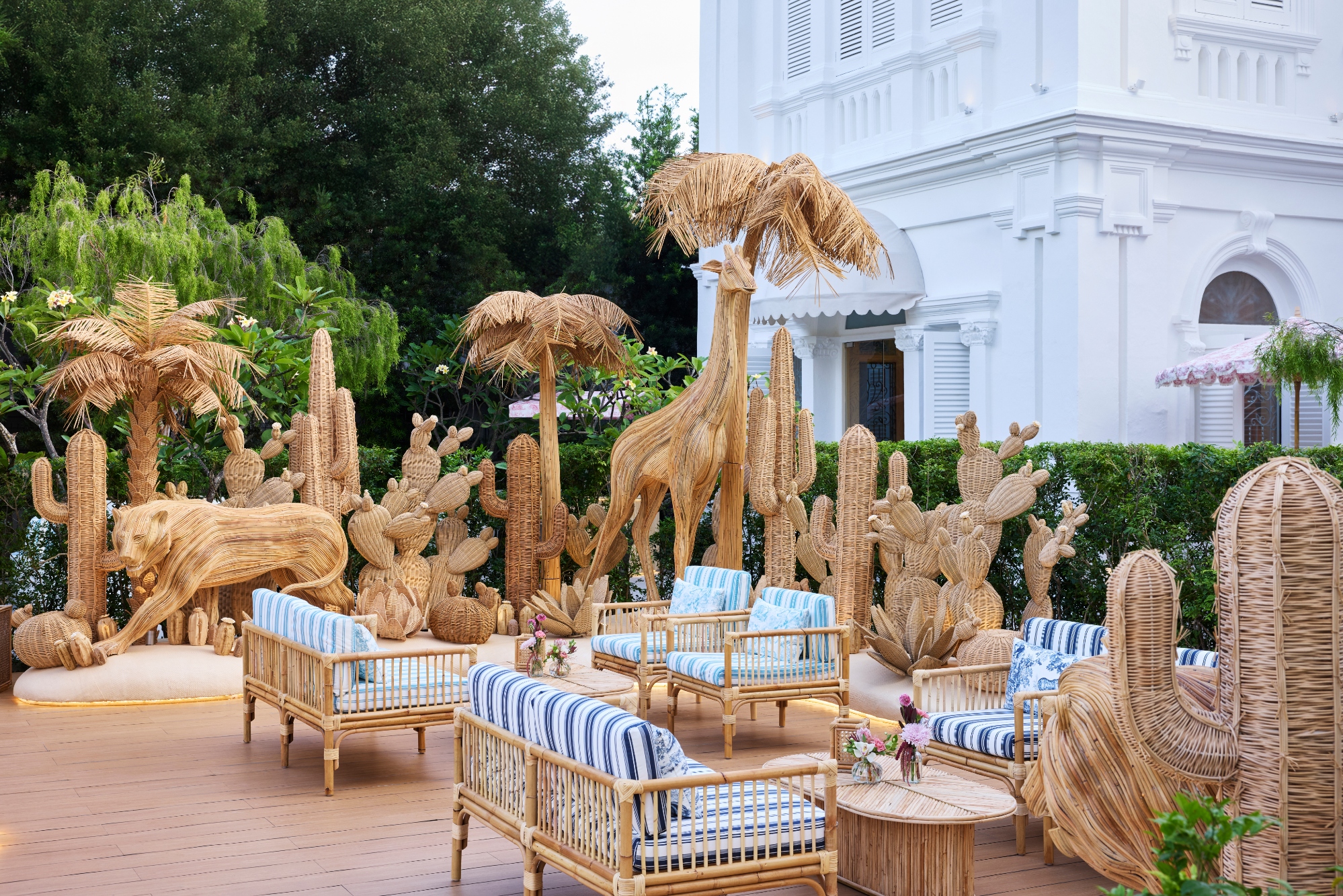
Generating profits in today’s luxury industry is not just about sales made on the shopfloor. Curated experiences like Dior’s Dioriviera sojourns, Louis Vuitton’s café, Ralph Lauren Home and Hermès’ extension of their homewear range see brands transforming heritage into experiential extensions of their craft. In July, Dior showcased a vibrant tribute to art de vivre with an enchanting retreat at Macalister Mansion in Penang, Malaysia. The temporary outdoor pop-up reflected the wildlife featured in the Toile de Jouy Sauvage and Toile de Jouy Palms prints, which continued inside the captivating space. The addition of the Café Dior and a Café Bike punctuated the brand’s playful approach to hospitality and leisure into one immersive brand experience.
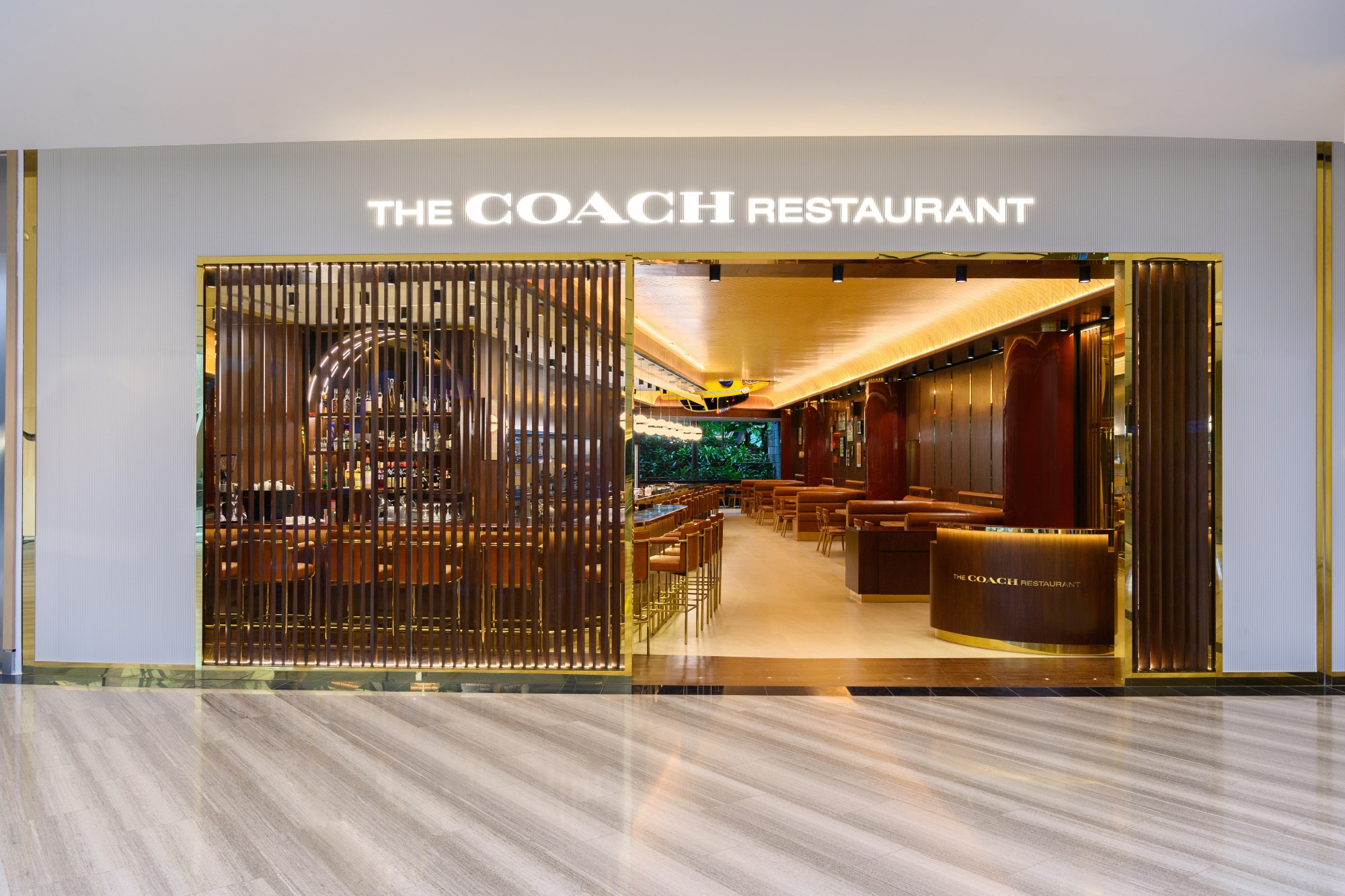
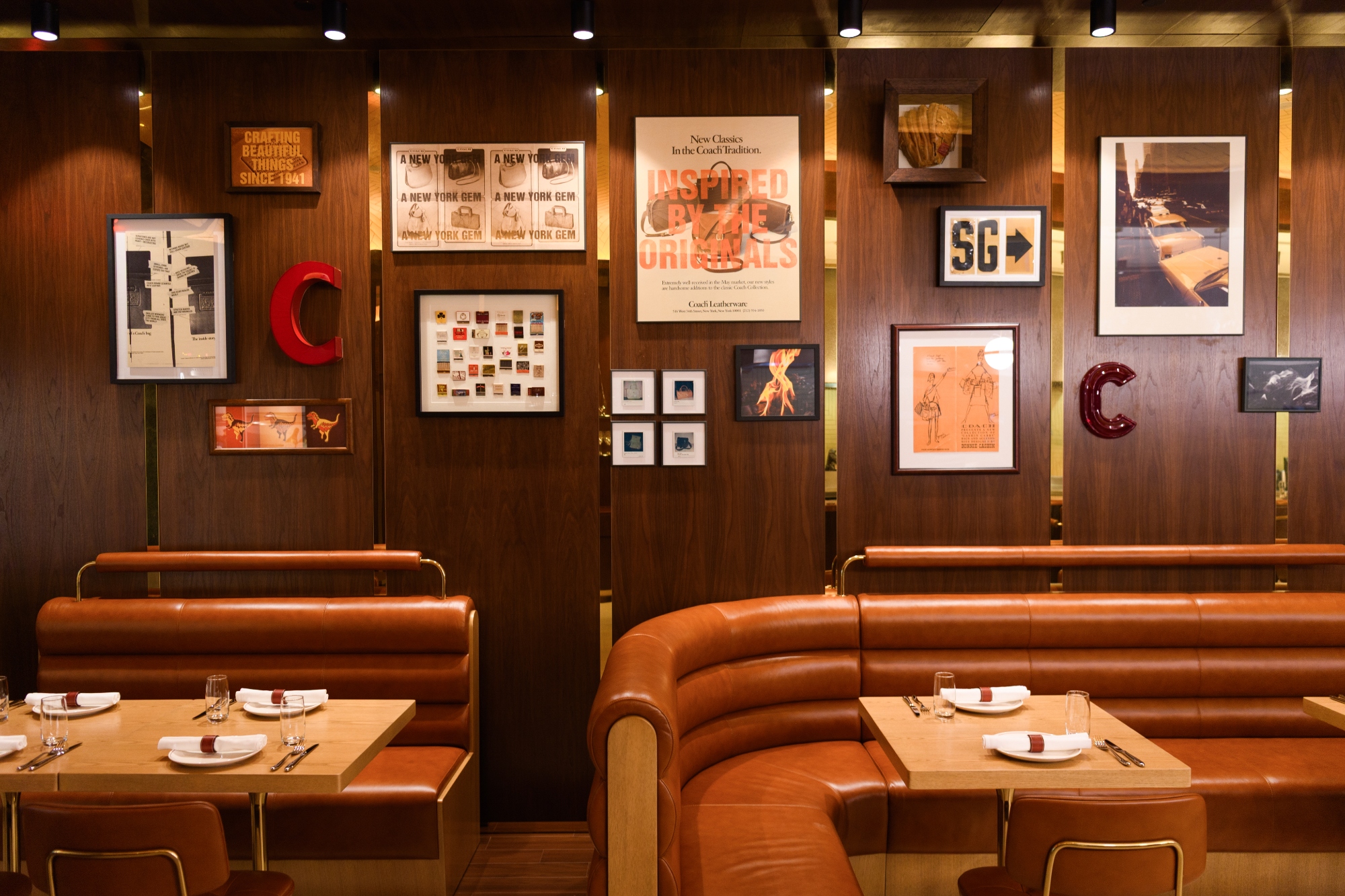
Coach recently debuted The Coach Restaurant at Jewel Changi Airport, Singapore, marking an exciting evolution in the brand’s ongoing investment in hospitality. With this opening, Singapore becomes a global showcase for Coach’s latest lifestyle offerings, featuring both The Coach Coffee Shop and The Coach Restaurant, alongside a newly renovated retail space that embodies the house’s vision of community, customization, and authentic self-expression. Guided by Coach’s philosophy of Expressive Luxury and a commitment to connecting with consumers through experiences beyond products, the restaurant represents the latest addition to the brand’s growing portfolio of global food and beverage ventures.
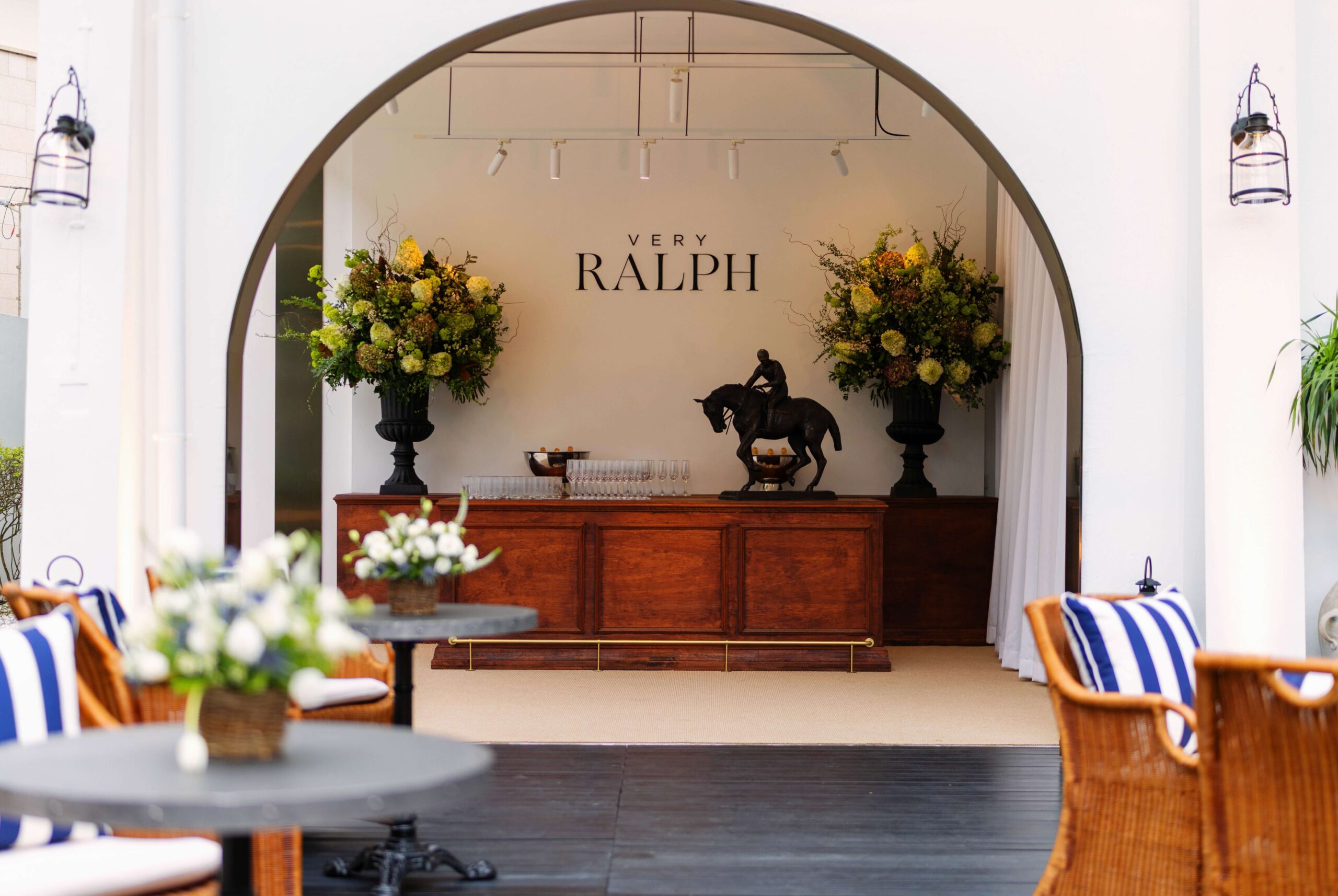
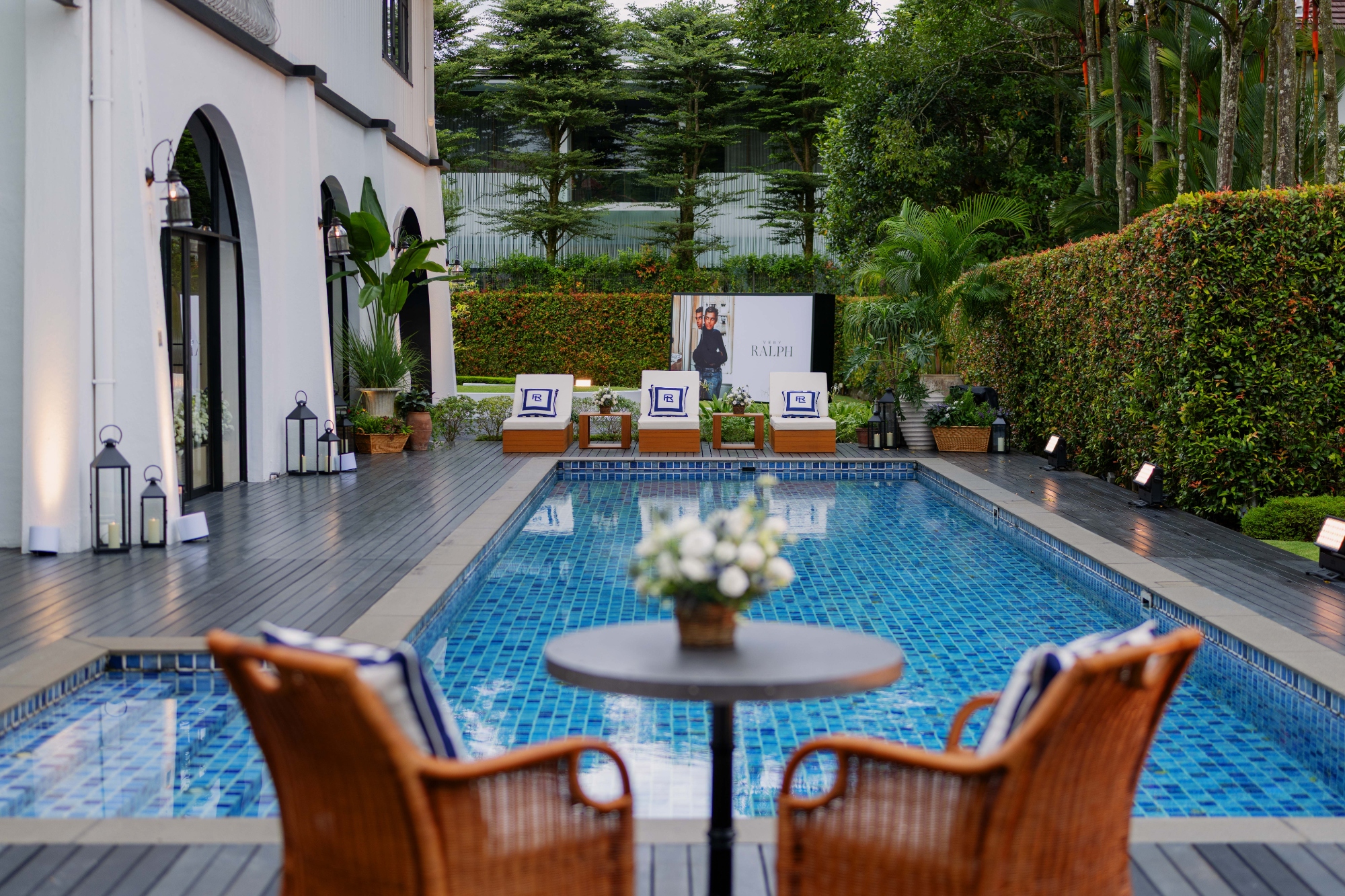
Similarly, in celebration of the 10th anniversary of the Polo Ralph Lauren Shaw Centre Emblematic Store, the brand hosted an exclusive screening of Very Ralph, the critically acclaimed documentary on fashion icon Ralph Lauren — an event that exemplifies how luxury brands are increasingly blending retail, dining and design. This convergence reflects a larger shift across the industry: Ralph Lauren Home, Louis Vuitton cafés and Hermès Maison window displays all illustrate the move toward experiential spaces that invite consumers to live within a brand’s universe. These physical encounters foster memorable experiences and open the door to new avenues of consumer engagement.
Read More: These Brands Are Creating Luxury Lifestyle Experiences
The Democratisation of Luxury Through Beauty
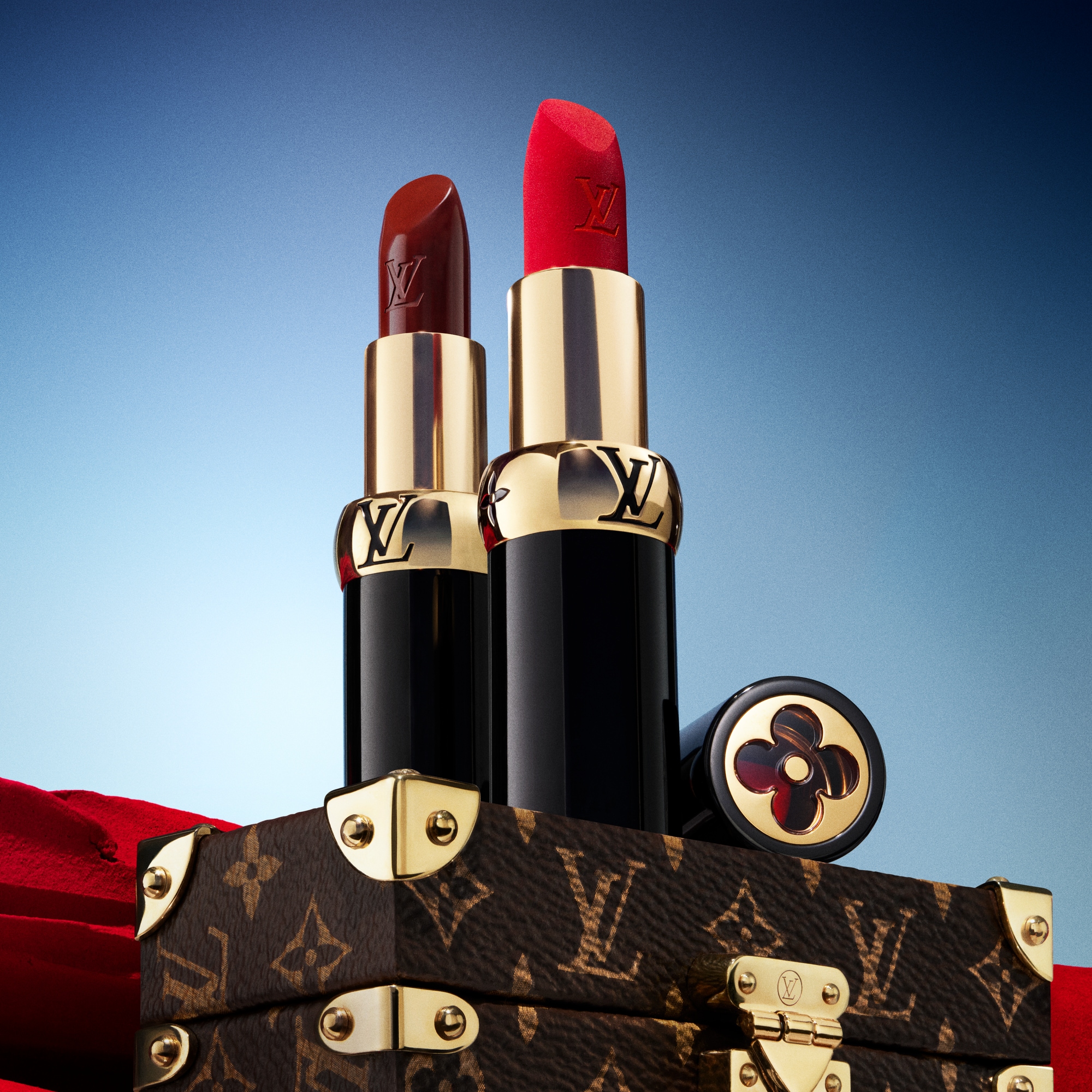
In August 2025, Louis Vuitton unveiled its full makeup line, La Beauté Louis Vuitton, under the creative direction of Pat McGrath. The collection — sold exclusively across 92 Louis Vuitton stores worldwide — spans 55 matte and satin lipsticks, 10 lip balms, eight eyeshadow palettes, blotting papers, a travel brush set and small leather vanity cases available in two limited-edition colours, “Rouge Louis” red and “Tender Bliss” pink, alongside the signature monogram brown, as well as a miniature lipstick trunk.
Read More: Is Black Friday Causing a Beauty Blackhole?
This range illustrates how beauty can act as an entry point into the broader Louis Vuitton universe. A consumer might first purchase a lipstick, then acquire the matching vanity case, eventually progressing to handbags to store the aforementioned vanity case before moving on to a full outfit to match — a stepwise engagement that transforms a single beauty purchase into a pathway for deeper brand immersion. By leveraging makeup and skincare, Louis Vuitton is not only diversifying its product offerings but also reinforcing a lifestyle ecosystem that encourages repeat engagement, turning cosmetics into a strategic tool for consumer loyalty.
Emotional Resonance as the Antidote to Homogenisation
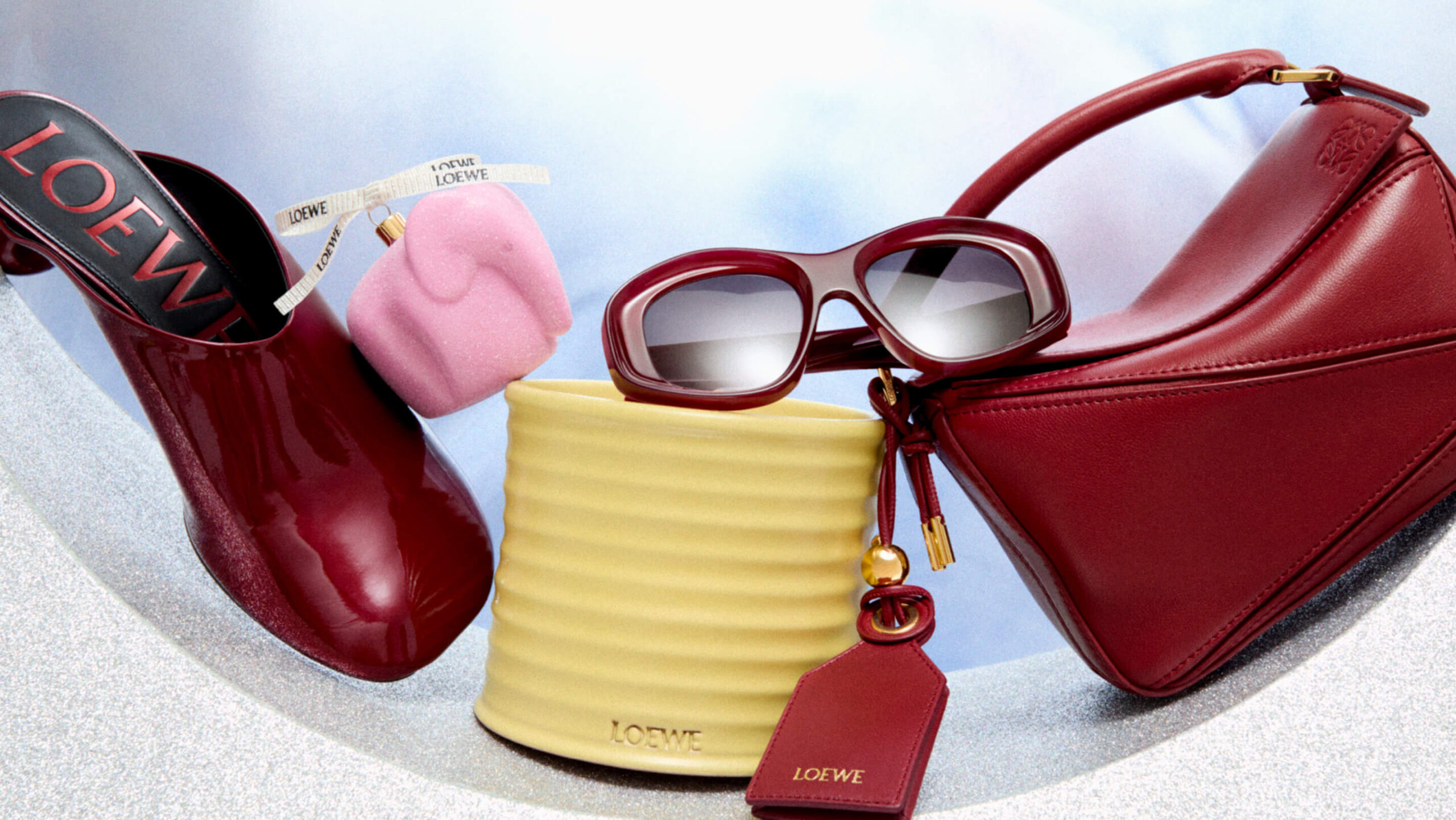

LOEWE Spring Summer 2026 pre-collection campaign
In a crowded luxury market, fostering brand loyalty requires a level of emotional resonance. Brands invest heavily in storytelling not merely to drive a single purchase, but to create an ongoing relationship in which consumers buy into the ethos and identity of the brand itself. Designers like Jonathan Anderson at Loewe exemplify this approach. By reimagining everyday objects — from playful leather animal bags to craft-driven installations — Anderson injects humour, narrative and a surreal approach into luxury, transforming desire from aspirational to personal. These gestures leave lasting impressions that connect with consumers on an emotional level, encouraging loyalty that extends beyond the next fashion cycle.
Read More: Pop Icons Reshaping Luxury & Lifestyle Codes
This emotional connection naturally cultivates a sense of community. Fashion and streetwear have long thrived on this “if you get it, you get it” insider energy, where belonging becomes a marker of taste and cultural alignment. Today, luxury brands are harnessing the same principle through exclusive client previews, branded social events and access to limited-edition collaborations ahead of the public. When customers feel part of a creative or cultural circle, engagement shifts from transactional to intrinsic: loyalty becomes a social experience, driven by a sense of inclusion rather than incentives. In this way, emotional value has become a key differentiator in a homogenised market, giving clients a reason to feel invested and included.
The Dichotomy of Creative vs Commercial Appeal

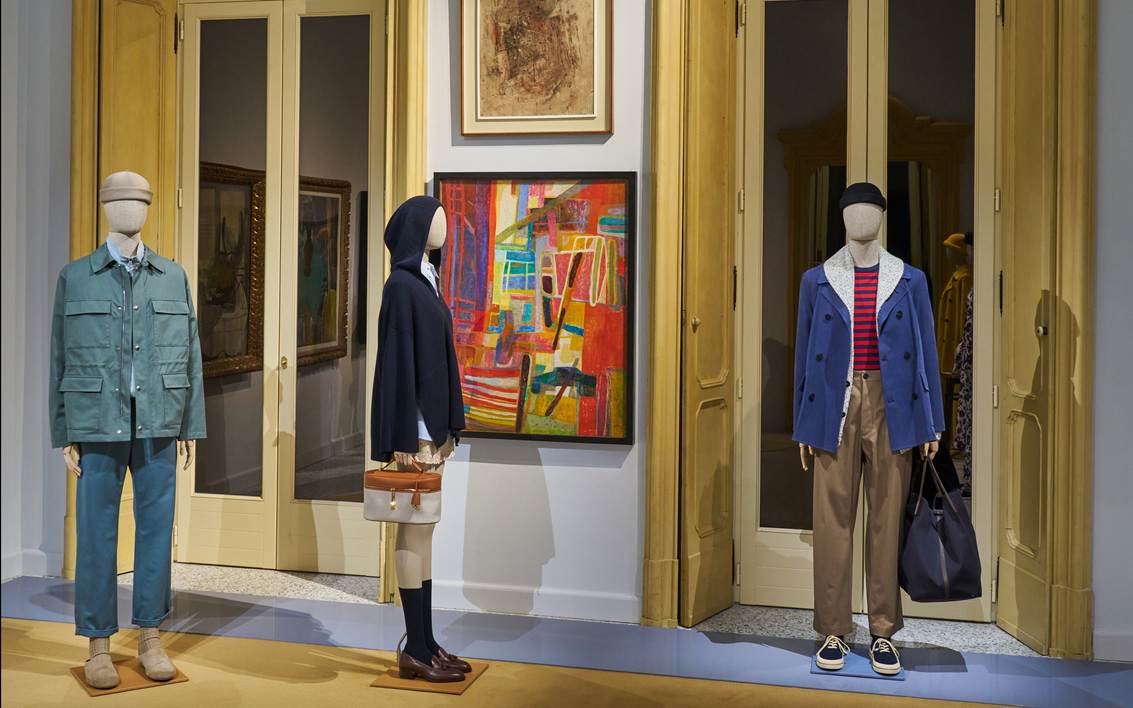
The expansion of lifestyle offerings and product extensions is not without its risks. Straying too far from what originally made a brand distinctive — proprietary fabrication techniques, specialisation in leather or textiles — could alienate long-standing followers, who may perceive such moves as a “sell-out” — pun intended — in pursuit of financial gain. The ongoing tension between creative integrity and commercial appeal remains a defining challenge for luxury houses. For instance, Loro Piana, renowned as the “Master of Fibre,” translates its expertise in the Spring/Summer 2026 Collection through a vibrant palette, featuring rich mélanges, painterly prints, and subtle tonal combinations that create a harmonious kaleidoscope of shades. While some brands thrive by staying closely aligned with their heritage and signature motifs, others venture into cafés, beauty lines, homeware, or immersive experiences to differentiate themselves from competitors. However, what happens if every brand adopts a lifestyle extension purely to stand out?
Read More: From Lingerie to Lifestyle: The Rebirth of The Underwear Industry
The key, then, is balance. When executed thoughtfully, these extensions do more than drive revenue: they create meaningful connections, deepen loyalty, and offer new ways for consumers to engage with a brand’s “universe”. In 2025, the most successful luxury brands are those that can simultaneously honour their identity while opening doors to fresh experiences — proving that commerce and the addition of lifestyle aspects, far from being at odds, can coexist to enrich both the brand and the consumer journey.
For more on the latest in fashion and business reads, click here.
The post Luxury’s Race for Loyalty and Return Customers appeared first on LUXUO.

